Dear Members,
Just to let you know that the results of our elections, held in January of this year, they are as follows: President Don Helsel and Secretary Linda Schulz were re-elected to those same positions on the Board. Also re-elected as Directors to the Board were Steve Slater and Cathy Wainio. Cathy is our Director for all Equine concerns. These 4 Volunteers will remain in their positions until 2027, when all these seats will again be open for election.

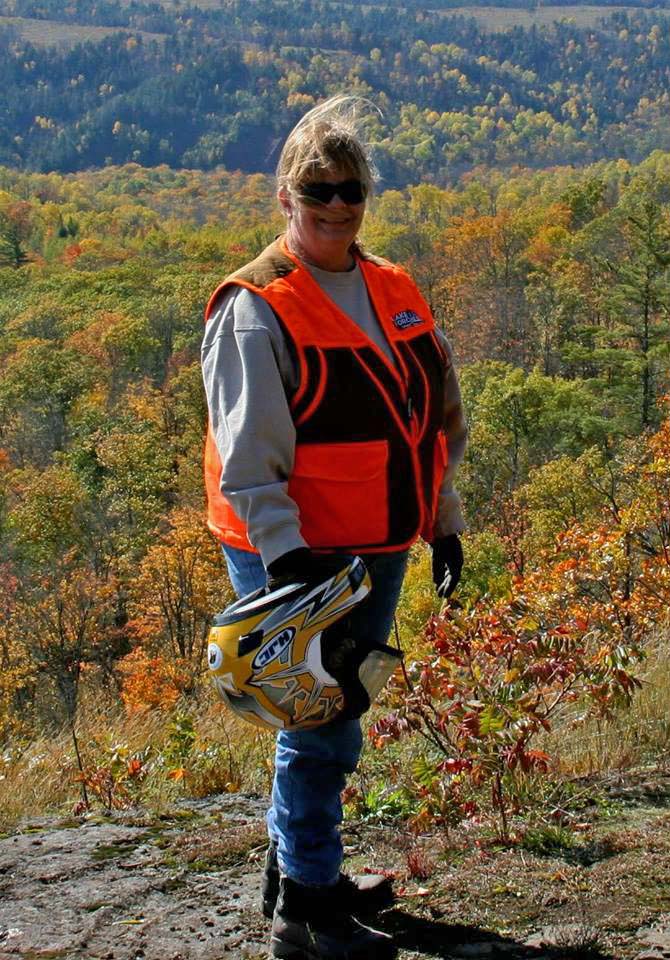


The other officers of Jon Fourez as Vice President and Dave Bishop as Treasurer are still in their positions, as are Directors Chris Palmer and Tim Peacy. These 4 Volunteers will remain in their positions until January of 2026. Then their seats will be up for election.
In case you are interested, we do still have one Director seat open on the Board and are looking for a willing member to take up that position. If you have questions and want to inquire about the position, please contact our President, Don Helsel, at:
He will be happy to fill you in.

Your Board of Directors is looking forward to an even better year of progress and trail-riding fun this year! Be sure to say “Hi!” when you see us out on the trails!
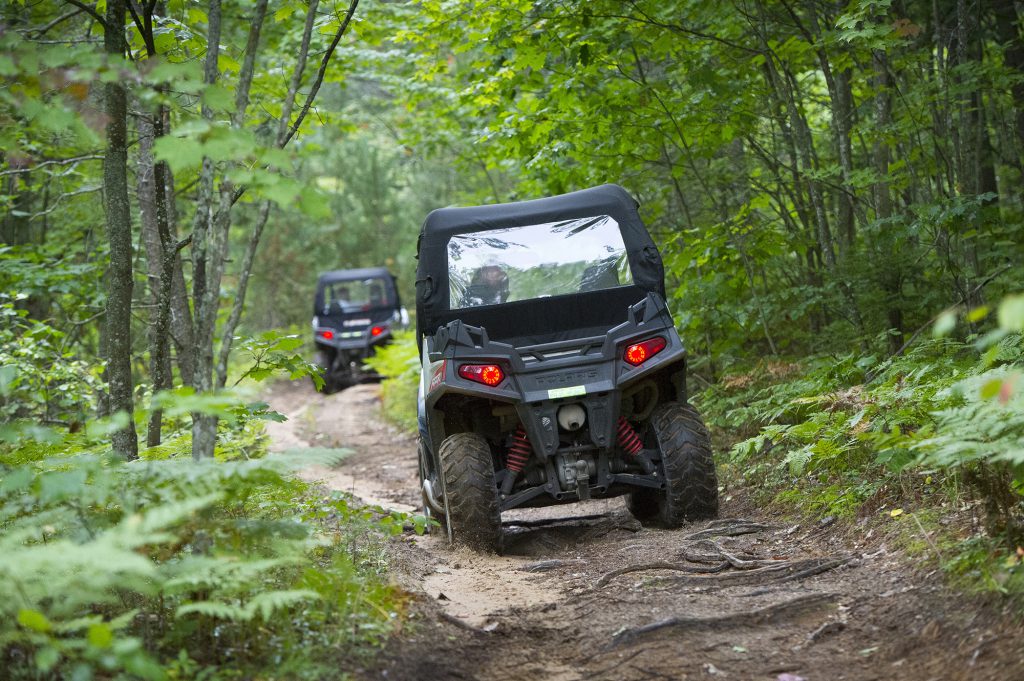
We thank all of you, our members, for your continued support of MI-TRALE. Without YOUR support, we could not accomplish the work that we do.
MI-TRALE Board of Directors


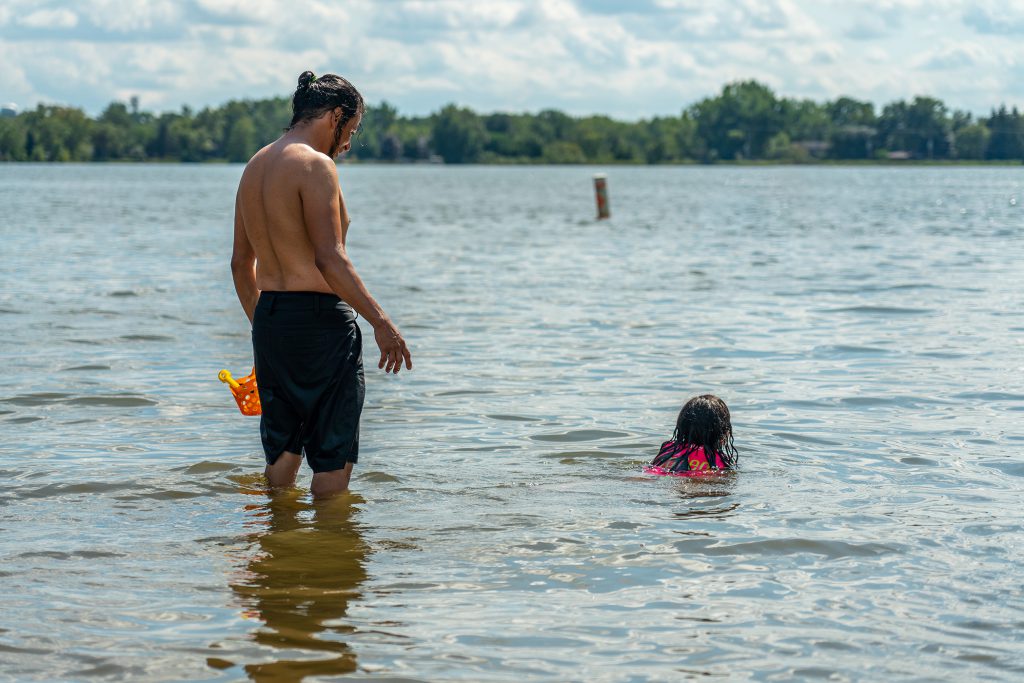
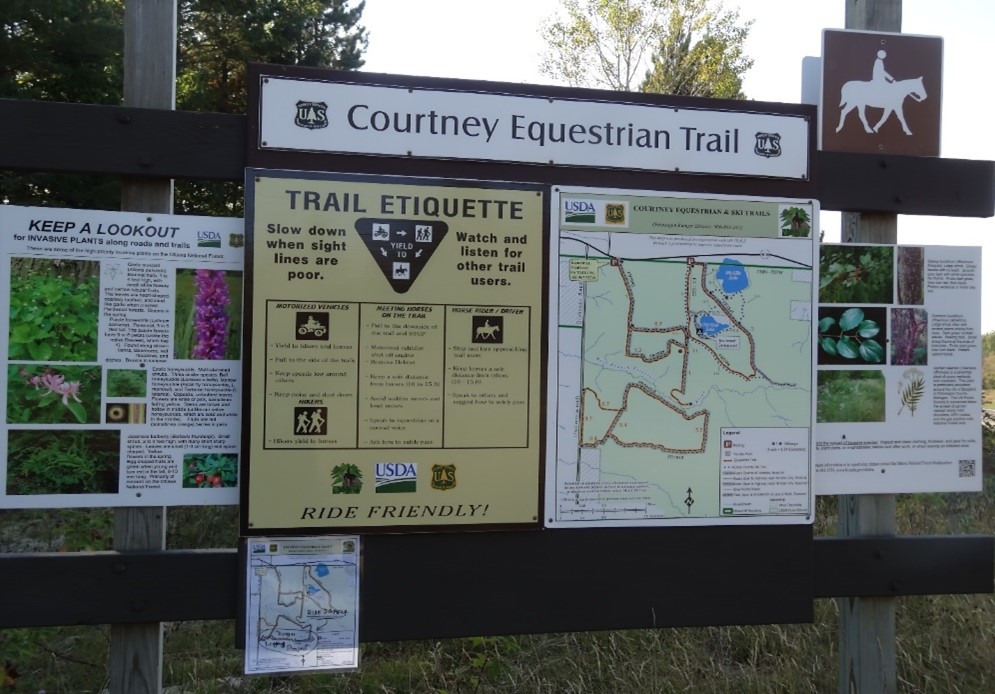
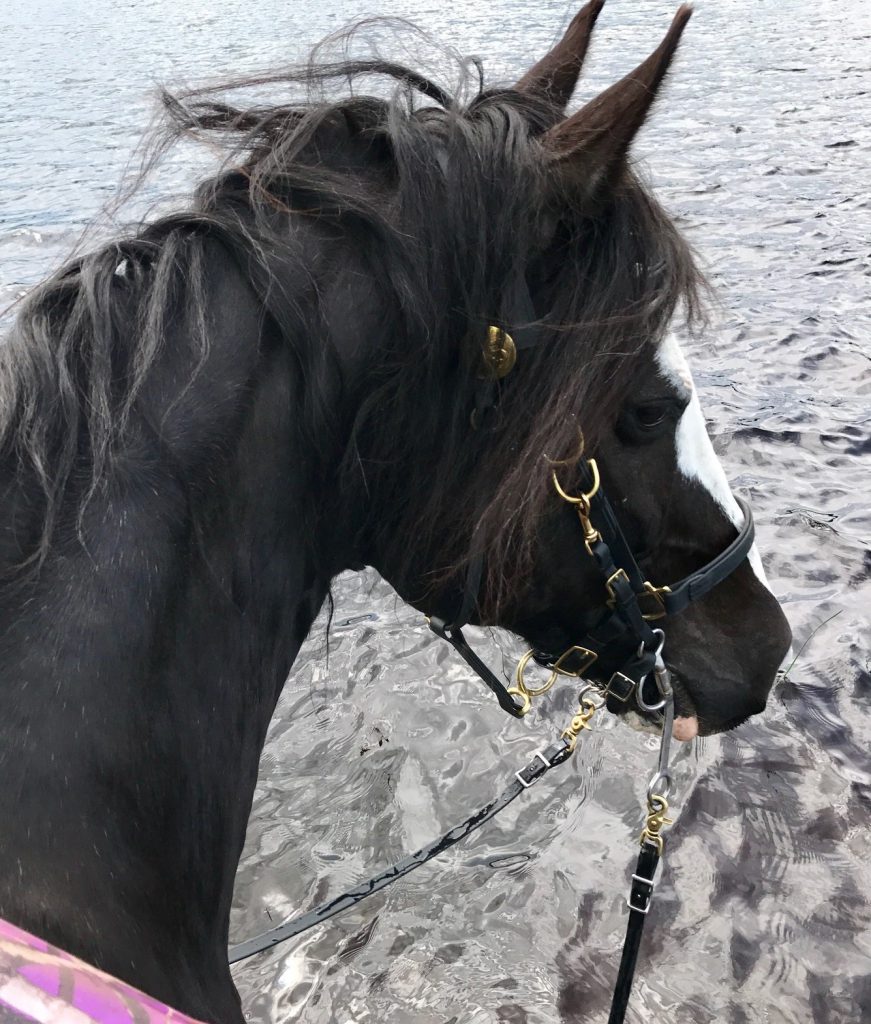
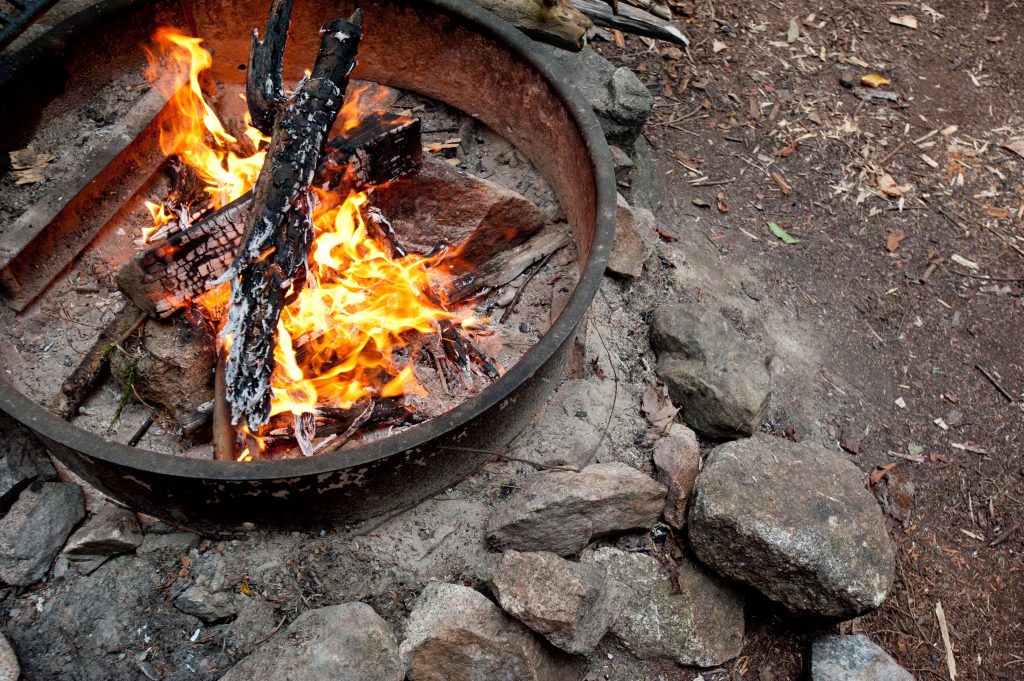
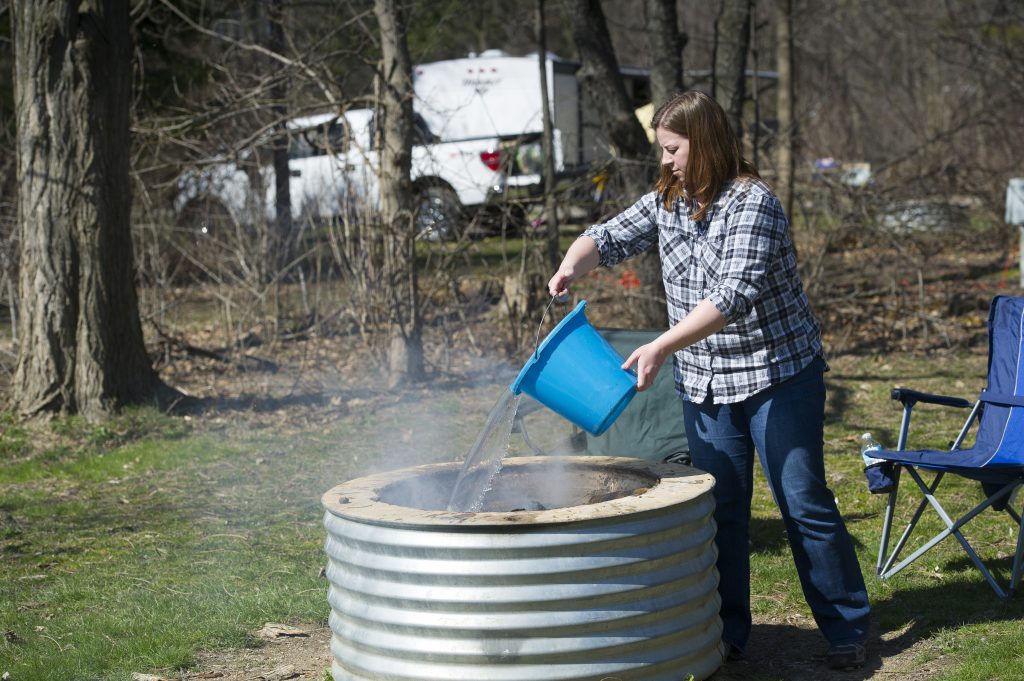
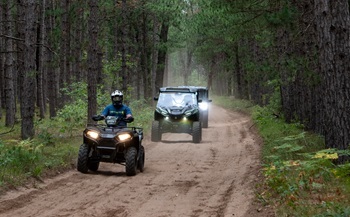
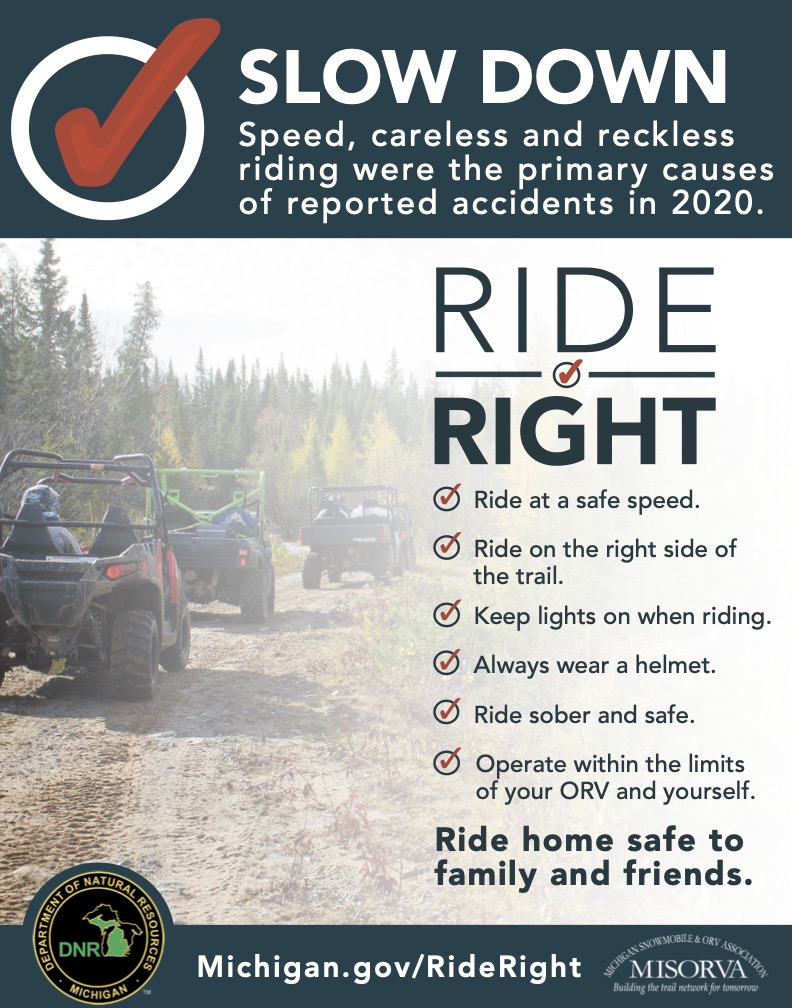
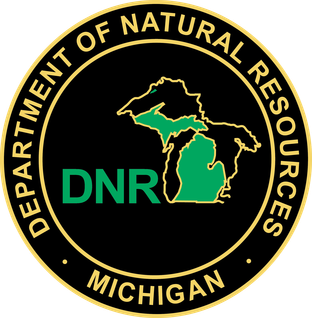
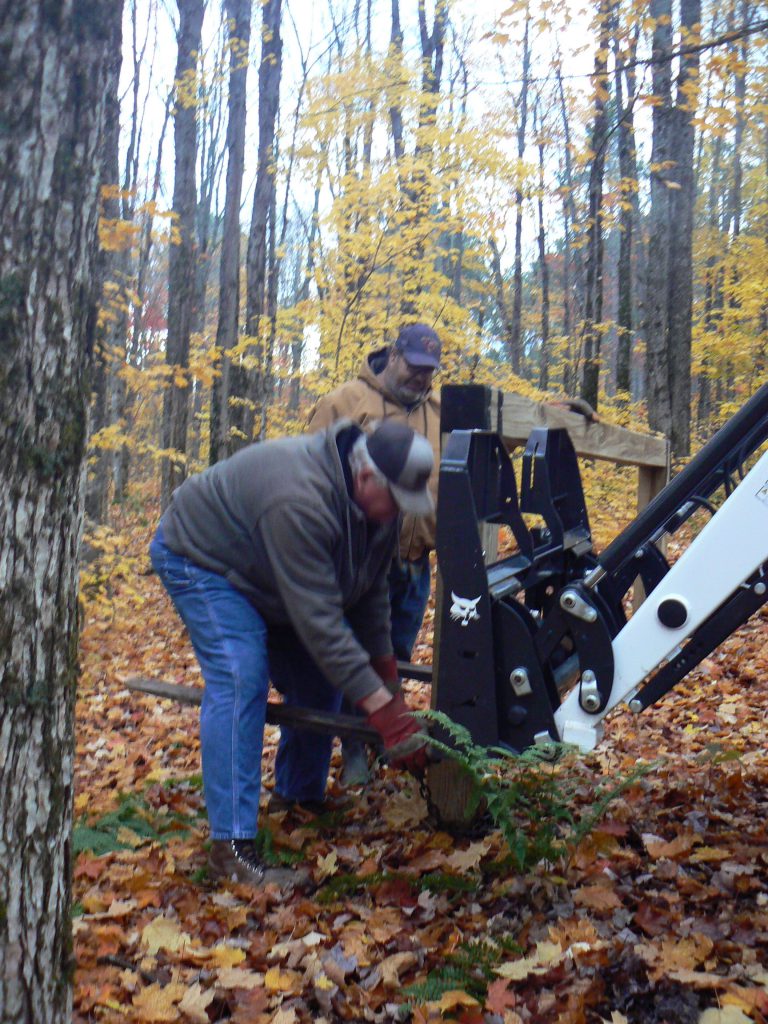

 On every outdoor adventure remember to:Clean footwear with a boot brush.Remove invasive plants and dispose properly.Pick seeds and burrs off clothes and gear.Clean mud and seeds from dogs and horses.Hose off bikes or all-terrain vehicles with water or compressed air.Clean, drain and dry boats, and dispose of any invasive plants.Don’t move firewood; buy it where you burn it.”PlayCleanGo Awareness Week is about more than just spreading awareness – it’s about taking meaningful action to protect our environment,” added Teagan Wilmot, North American Invasive Species Management Association education and prevention manager. “Together, we can make a difference and stop invasive species in their tracks.
On every outdoor adventure remember to:Clean footwear with a boot brush.Remove invasive plants and dispose properly.Pick seeds and burrs off clothes and gear.Clean mud and seeds from dogs and horses.Hose off bikes or all-terrain vehicles with water or compressed air.Clean, drain and dry boats, and dispose of any invasive plants.Don’t move firewood; buy it where you burn it.”PlayCleanGo Awareness Week is about more than just spreading awareness – it’s about taking meaningful action to protect our environment,” added Teagan Wilmot, North American Invasive Species Management Association education and prevention manager. “Together, we can make a difference and stop invasive species in their tracks.